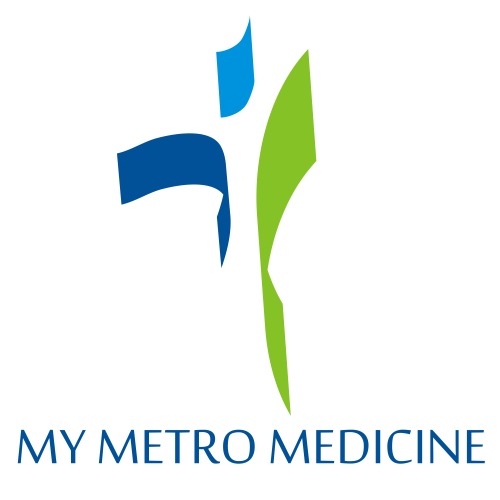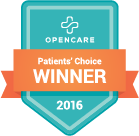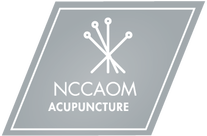|
The blog you are about to read was an assignment in a communications class I recently taught at the Virginia University of Integrative Medicine (VUIM). Students were asked to answer two questions: (1) "Where do you see Oriental Medicine in the future?" and (2) "How will you be a part of it?" This is one of the blogs we decided to publish. Please enjoy and remember to leave a comment below! Great job, Ming!
Written By Ming Su
(Master's of Acupuncture Student at VUIM)
I believe that Oriental Medicine (or Traditional Chinese Medicine) has a bright future ahead in the 21st century and beyond. Oriental Medicine is a holistic medical treatment which incorporates the use of acupuncture, herbs, moxibustion, physical therapies, and lifestyle changes to restore balance within the body. Traditional Chinese Medicine (TCM) is one of the oldest continuous systems of medicine in history, with recorded instances dating as far back as 2,500 years. Many TCM treatments are more effective than western medicine, especially in treating chronic conditions. For thousands of years, TCM has been based on the observation of humans; the evolution of humans is ongoing, but they have not changed much for the last 600,000 years. Therefore, clinical data collected by TCM will be applicable to the current human population, if we can understand how to utilize this information.
TCM offers a window into the body without any invasive or time-consuming procedures.
For example, a TCM diagnosis can reveal many conditions that modern image technology cannot reveal or detect. Often times, there is something going on inside a human body that causes the person to feel sick, but there is no detectable mass or visible deformity that shows up in any image reading. Most of time if you can see it, it is already too late. One of the major differences between Western medicine and Traditional Chinese Medicine is the manner of treatment and procedures. While Western medicine is more fast-acting, it can be more invasive and the drugs prescribed to patients can also have unwanted side effects. One of the main benefits of Western medicine, however, is technology. Modern image technology can offer very detailed and precise images of the body that can help pinpoint the problem. On the other hand, TCM offers a window into the body without any invasive or time-consuming procedures. The best value for the patient is to combine aspects of both TCM and modern western medicine, which leads us to the next topic: Integrative Medicine. Integrative medicine will provide a great value to humanity. In the past, there have been many conflicts between TCM practitioners and Western medicine doctors due to misunderstandings. I am very confident that the integration of TCM and Western medicine will provide tremendous benefits in caring for human beings. That is why I believe TCM has a bright future.
|
|||||||
| 5 Secrets to Living a Healthier Life - (Secret #4) | |
| File Size: | 32426 kb |
| File Type: | mp3 |
A Message from an Acupuncturist
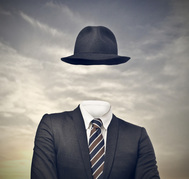
Wrong.
This common assumption is incorrect and is damaging to the profession of Oriental Medicine. It spreads even further into the many fields of medicine serving the public today leading to further discrimination of minorities, ethnicities, and genders. Since when has it become so acceptable to discriminate against a trained, licensed, and well-qualified health professional whose only interest is helping you live your life with as little suffering as possible? Dare I insert the word “racism” into this message and invoke a conversation laced with hate? This is not my intention, but it seems the injection of such is nearly unavoidable. Sadness ensues me when I hear that simply because my race is different from others, I must “learn to accept the truth” that was etched by others into the foundation of medical history. A foundation seemingly built upon “should-bes” rather than “could-bes”.
Yes, I am not Asian. What’s your point?
Times change. Shouldn’t people do just the same? Sure, I am not fortunate enough to be a descendant of an ancient lineage of Asian doctors famous for serving the masses, developing world-renowned healing techniques, or safeguarding the health of a royal family. What I am, however, is inspired, motivated, and interested. Inspired by the history, literature, and origins of the medicine I practice; motivated by my mentors, teachers, students, and patients; and interested in the unique life stories of people like yourself. Healers are not formed or defined by their ethnic roots let alone by similar patterns repeated in society. They are also not defined by what they see in their patients (e.g. health conditions), but rather by what they help their patients to see in themselves and how they empower them to change and make wise choices for the sake of their own health. More personally, when I search for someone to provide me with care, I refrain from making assumptions about their abilities I have yet to experience firsthand. For these abilities may be exactly what I need on my road to recovery. Of course, one's experience is an acceptable form of measure when making the choice to have someone evaluate your health. Experience, though, is achieved no differently than the height and strength of an oak tree. The seed must be planted and nurtured well enough for it to sprout and begin its journey out into the world.
If only we could learn to listen to someone’s story without writing the end before it was told.
Your healing has nothing to do with who I am, only who you will become.
So, I ask you. The next time you search for a care provider, will you choose based on their name, their ethnicity, their gender, or their ivy-league education, or lack thereof? Will you close the fable-filled storybook modern society has been reading to you over the years and begin writing your own story of how you see the world of healthcare and how you wish to be cared for? Have you even asked yourself HOW you wished to be cared for? It is certainly a conversation worth having with yourself.
After all, you may not be Asian either. But there is certainly no one else like you. Never forget that.
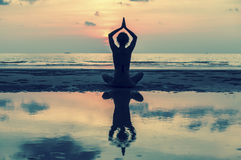
Qigong, (also known as Qi Gong, Chi Kung, and Chi Gung) is a distinguished art form aging into youthfulness leaving no material trace within its immaterial footsteps. Defined as "any training or study dealing with Qi which takes a long time and a lot of effort" (Yang, 1997), Qigong is one of the oldest healing art forms ever written about dating as far back as the discovery of written word in China. (Tang, 2013) It has drawn from the well of wisdom filled by some of the world's most respected scholars, Lao Zi and Confucius; it has spawned the healing practices of Oriental Medicine that has now become a trustworthy and competitive form of healthcare; it has survived acts of discrimination, countless wars, and even the Cultural Revolution in China; and now, it is prescribed by medical practitioners who decades ago never dared to sit in the shadows of the Oriental Medicine healing tree. Throughout this journey, Qigong has humbly proven time and time again to be a rich and promising daily practice that can yield results you can actually feel, even if you don't understand why.
So what is holding Qigong back? Well, a few possible answers might be the following:
- (Human) Qi can be felt but not seen.
- Scientific researchers know Qigong works but are not sure how.
- There is a severe lack of training and understanding by those prescribing Qigong.
Being a licensed Oriental Medicine practitioner myself, this last point really hits the mark. Surprisingly, in the majority of Oriental Medicine schools today, students are only required to complete one course during their three to four years of study. In total, that is roughly 30 hours in a program comprised of over 3,000 hours of intense training and study. Does this sound like a program designed to bring well-rounded healers into mainstream medicine? Well, if you did the math, you will see that this is less than 1 percent devoted to an entire branch of Oriental Medicine. (Pulse Holistic Health, 2012) One that was traditionally prescribed to patients before acupuncture and herbal medicine were even considered. Furthermore, Qigong, as well as Tai Chi (more accurately know as Tai Ji), are typically taught as physical education-type courses in these medical programs with little to no focus on theory and application. On a similar note, think of how much Qigong training western medicine physicians receive during their own education; probably none, or close to it. In my opinion, this is a huge, gaping hole in the medical field which has been filled with nothing more than lost potential; especially for patients. An even bigger problem is that this is unfortunately happening across the country and, perhaps, across the globe.
Qigong is a distinguished art form aging into youthfulness leaving no material trace within its immaterial footsteps.
Is it not hypocritical that we call our medicine wholistic in nature when we are in fact devoting such a large amount of time towards studying such a small part of its whole? The unfortunate truth in this dilemma is that we, wholistic medicine practitioners as we often consider ourselves, have dissected our own medicine in the same judgmental way that many wholistic practitioners discriminate against western medicine practitioners as supposedly dissecting the human body in a disgraceful manner by refusing to treat it as one whole living organism.
How is it that we have traveled so far down this rabbit hole? Are we truly following in the footsteps of our ancestors by nourishing the roots of this ancestral healing tree in this ignorant manner? Are we instead cutting down the entire forest and planting only the seeds we believe will be the most fruitful? Coincidentally, the latter seems to be the theme for Qigong as we tread through modern times.
On a more positive note, Qigong and Tai Chi have both been saviors in keeping Oriental Medicine alive. Don't believe me? Search the internet for a research study on one of these two art forms and you are guaranteed to find something. In fact, frequent studies have shown positive results comparable to that of or far-reaching general exercise benefits (Rendant, 2011). Still not convinced? Check your local hospitals and compare how many Qigong and Tai Chi instructors regularly provide services versus Acupuncturists and Herbalists. Even the First Lady was caught practicing (and plugging) Tai Chi in China during one of her visits. (Bloomberg Business, 2014) The art forms of Qigong and Tai Chi are large pieces of the foundation, as well as the history, of Oriental Medicine which many practitioners have never fully acknowledged.
Now, do not assume I am persuading you to think that Qigong is the missing piece that we all need to focus on and study more. I am not pretending to be a salesman. Rather, I am directing you to examine the fullness of yourself as either a healer or a patient, and I urge you to never stop questioning the quality of care you provide, as well as receive, and the training it took to get you there. And above all, never assume that what you are doing is the ultimate answer to all of your questions, or worse yet, all of your "problems".
There is stillmuch to be learned about the art of Qigong, including its purpose in today's society. First steps first though, we must teach it in a way that draws upon its past and builds upon its future. There are very few scholars and teachers in the field of Qigong (and Tai Chi) that are way ahead of the crowd in this regard. So, as was done for many centuries, we must seek them out and absorb their wisdom with our roots for the branches of Oriental Medicine depend on it.
Study and live well,
Sign up for our newsletter today!
Justin is a licensed and board-certified Acupuncturist, a professor of Oriental Medicine, including Tai Chi and Qigong, as well as the owner of My Metro Medicine. He has been working in the healthcare industry for nearly 20 years. He has two beautiful children and a lovely wife to which he is forever grateful. For more information about Justin, click here.
Sources:
Bloomberg Business. "First Lady Michelle Obama Learns Tai Chi". Bloomberg video, 2:37. March 25, 2014. http://www.bloomberg.com/news/videos/b/841afa55-b758-44ef-944e-a598d868c2f6.
"Eight Branches of TCM", Pulse Holistic Health, last modified in 2012, http://www.pulseholistichealth.com/resources/eightbranchesoftcm/.
Rendant D, Pach D, Lüdtke R, Reisshauer A, Mietzner A, Willich SN, Witt CM. "Qigong versus exercise versus no therapy for patients with chronic neck pain: a randomized controlled trial." Spine (Phila Pa 1976). 2011 Mar 15;36(6):419-27. doi: 10.1097/BRS.0b013e3181d51fca. PubMed PMID: 21178832.
Tang, Didi, "China Discovers Some Of The World's Oldest Writing," Associate Press, July 10, 2013, http://www.huffingtonpost.com/2013/07/10/china-oldest-writing_n_3574624.html.
Yang, Jwing-Ming, The Root of Chinese Qigong (Wolfeboro, NH: YMAA Publication Center, 1997), 7.
Posted here are...
inspirational ideas on healthy living through eastern medicine, optimism, and possibility through empowerment.
Archives
March 2020
September 2019
July 2018
May 2018
April 2018
March 2018
February 2018
January 2018
November 2017
September 2017
August 2017
July 2017
May 2017
April 2017
February 2017
January 2017
November 2016
June 2016
February 2016
September 2015
February 2015
January 2015
December 2014
November 2014
October 2014
September 2014
August 2014
June 2014
May 2014
April 2014
June 2013
Categories
All
Achievement
Acknowledgement
Acupuncture
Acupuncture School
Appreciation
Attitude
Autumn
Believe
Be Present
Breath
Breathe
Challenge
Children
Coaching
Communication
Compassion
Confidence
Confucius
Conservation
Conversation
Courage
Destiny
Diet
Dream
Dreams
Eat Well
Education
Elders
Emotions
Empowerment
Encouragement
Endurance
Energy
Ethics
Excellence
Exercise
Existence
Expectations
Experience
Finding Purpose
Fitness
Five Senses
Food
Future
Goals
Gratitude
Growth
Happiness
Harvest
Healing
Healing Wisdom
Healthcare
Healthy Living
Holistic Health
Humble
Humility
Injury Prevention
Kindness
Korean
Letting Go
Life
Life Coach
Live Well
Longevity
Love
Loyalty
Martial Arts
Martial Morality
Mastery
Meaning Of Life
Medicine
Mindful
Mindfulness
Morality
Mother Nature
Motivation
Music
Nature
Non-Communicable Diseases
Nurturing
Nutrition
Oriental Medicine
Pain
Pain Management
Passion
Patience
Patient Education
Patriotism
Peacefulness
Perseverance
Philosophy
Physical Therapy
Physiology
Pilates
Posture
Potential
Power Of Words
Presence
Present
Purpose
Qigong
Reason
Regret
Reminder
Respect
Righteousness
Seasons
Seeing
Self Care
Self-care
Speaking
Sports
Standards
Stress
Stress Management
Stressors
Stress Relief
Success
Tai Chi
Tcm
Thankfulness
Thank You
Time
Tradition
Traditional Martial Arts
Transformation
Transition
Trust
Vuim
Warming Foods
Wellness
Western Medicine
Winter
Wushu
Yoga

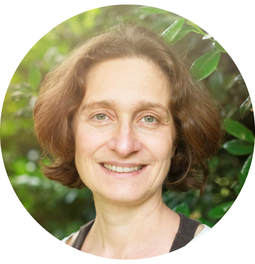
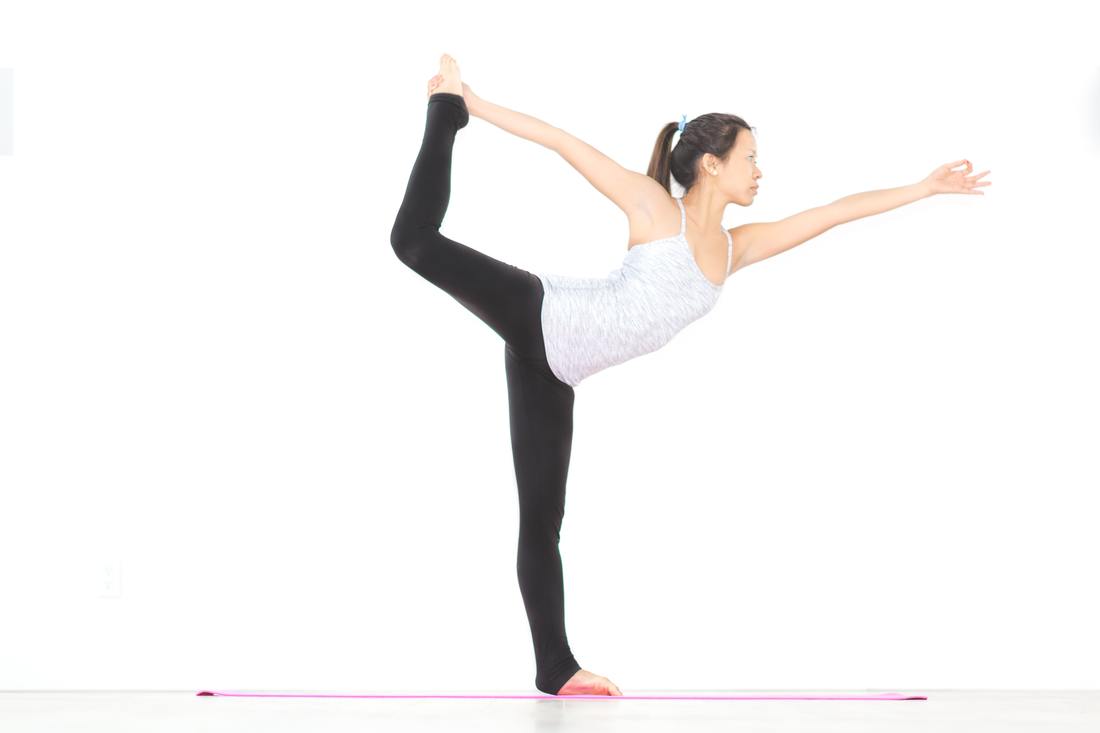
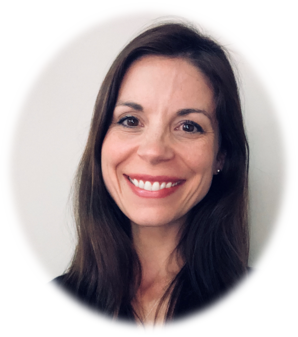

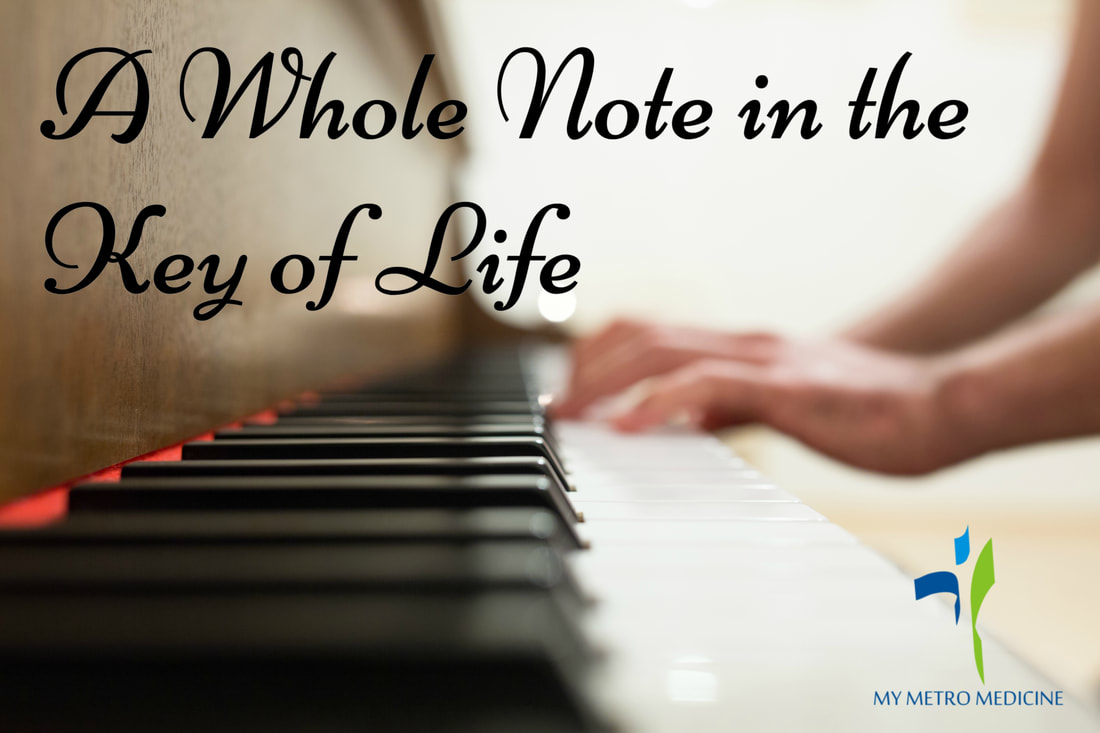

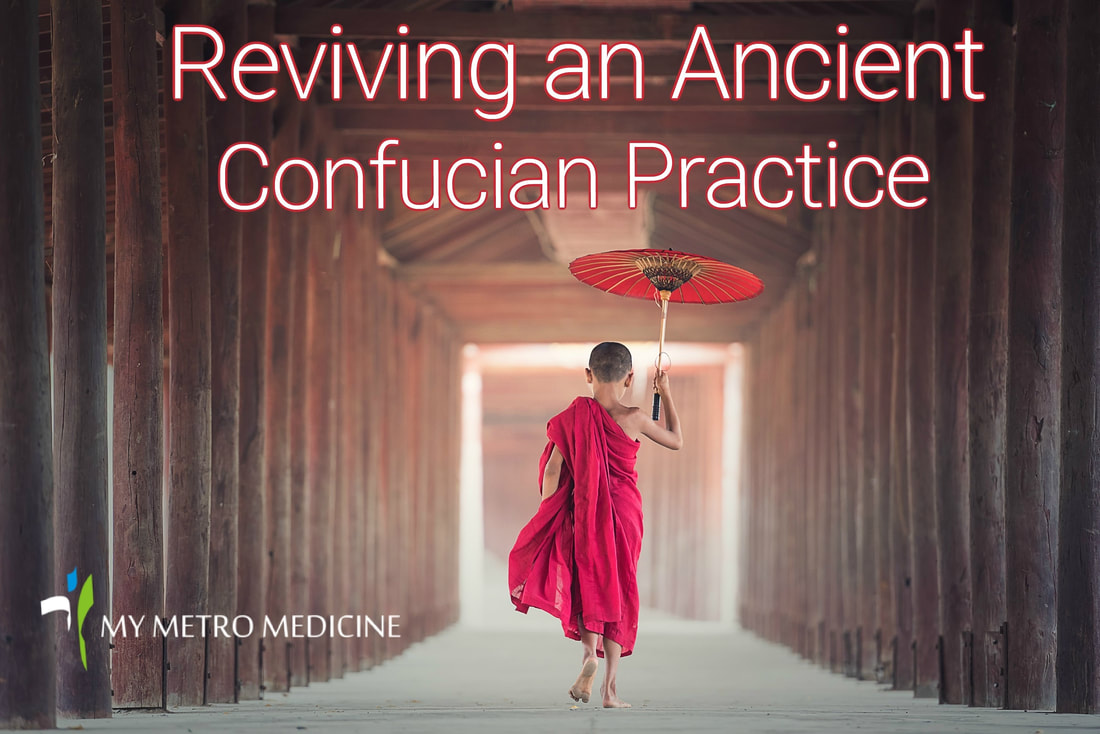

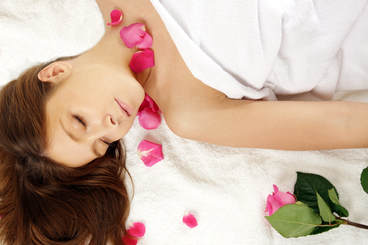

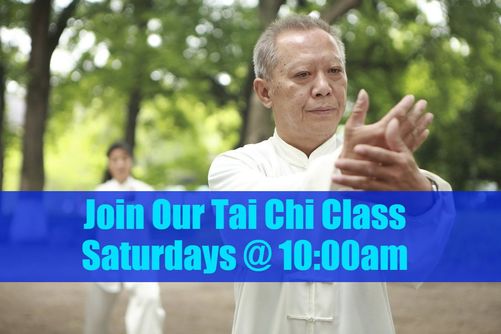



 RSS Feed
RSS Feed
